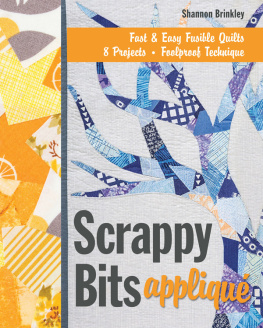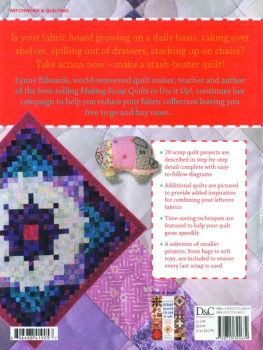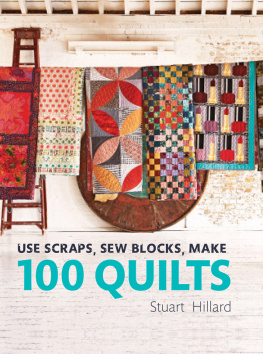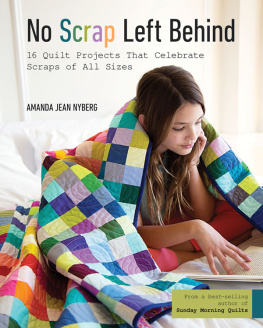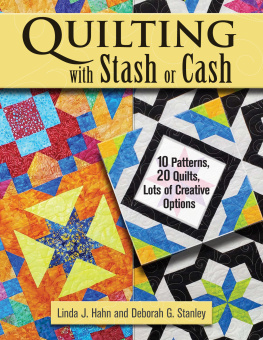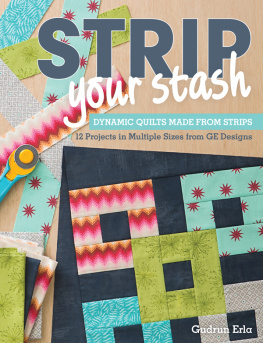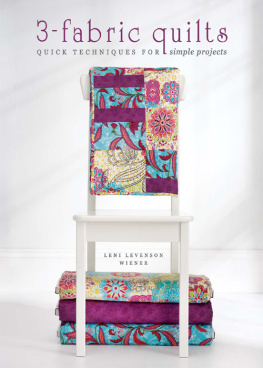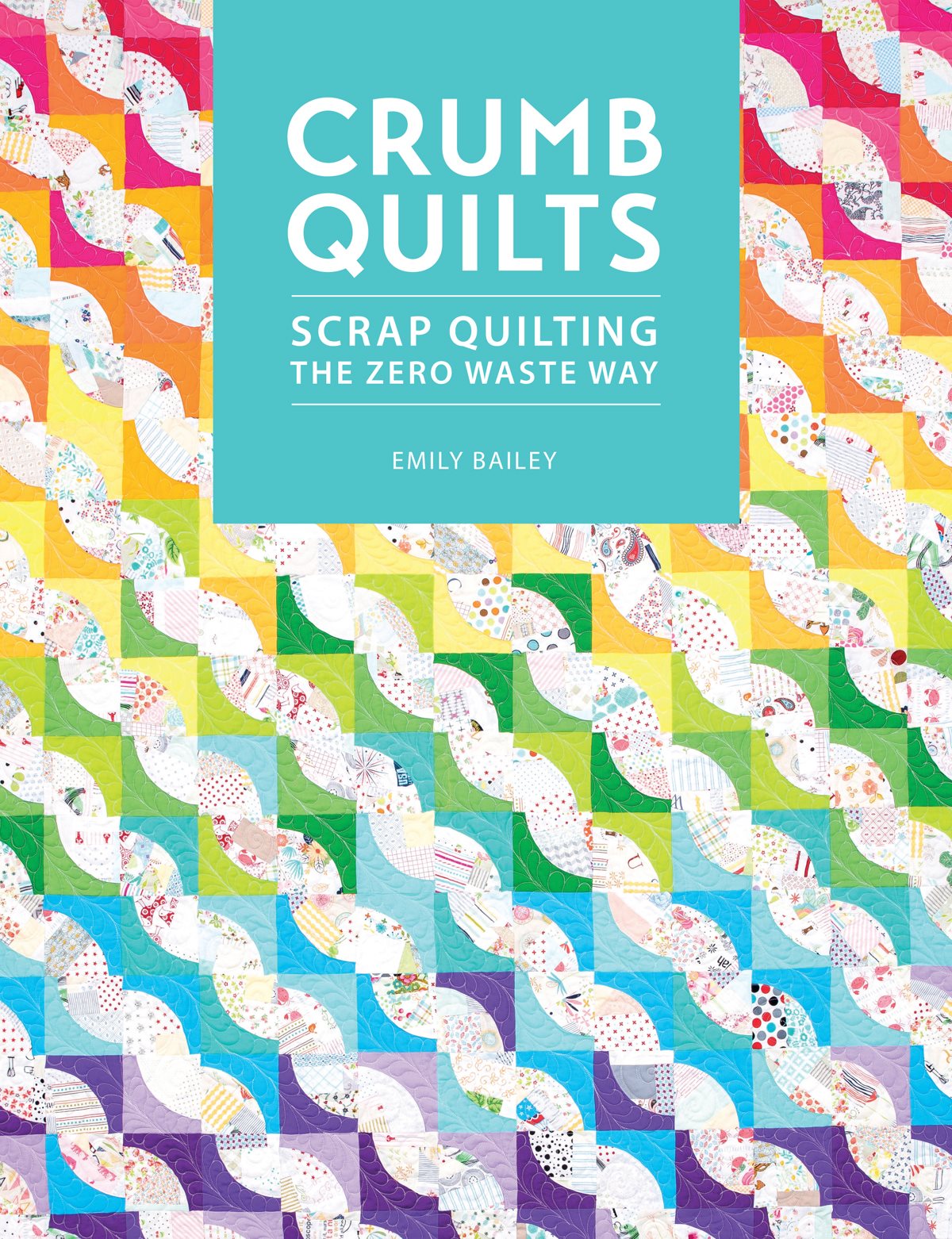Emily Bailey - Crumb Quilts: Scrap Quilting the Zero Waste Way
Here you can read online Emily Bailey - Crumb Quilts: Scrap Quilting the Zero Waste Way full text of the book (entire story) in english for free. Download pdf and epub, get meaning, cover and reviews about this ebook. year: 2021, publisher: David & Charles, genre: Children. Description of the work, (preface) as well as reviews are available. Best literature library LitArk.com created for fans of good reading and offers a wide selection of genres:
Romance novel
Science fiction
Adventure
Detective
Science
History
Home and family
Prose
Art
Politics
Computer
Non-fiction
Religion
Business
Children
Humor
Choose a favorite category and find really read worthwhile books. Enjoy immersion in the world of imagination, feel the emotions of the characters or learn something new for yourself, make an fascinating discovery.

- Book:Crumb Quilts: Scrap Quilting the Zero Waste Way
- Author:
- Publisher:David & Charles
- Genre:
- Year:2021
- Rating:4 / 5
- Favourites:Add to favourites
- Your mark:
Crumb Quilts: Scrap Quilting the Zero Waste Way: summary, description and annotation
We offer to read an annotation, description, summary or preface (depends on what the author of the book "Crumb Quilts: Scrap Quilting the Zero Waste Way" wrote himself). If you haven't found the necessary information about the book — write in the comments, we will try to find it.
Tiny fabric scraps or crumbs dont have to end up in the bin - now you can learn how to use these crumbs to create 15 beautiful quilts and quilted projects to bust your stash. Author, Emily Bailey, explains how to make fabric from crumbs which you can then cut to your preferred size and use as a quilt block, a dramatic background fabric or as a piece of applique for added texture and interest. These instructions include step-by-step photography for extra clarity around the techniques.
Emily shows you how to quickly piece together small scraps to create larger pieces of crumb fabric using chain piecing to build up the fabric. All of the instructions are accompanied with step photography so you see exactly how to create your own scrappy fabrics. There are also instructions for all the quilting techniques you will need to sandwich, baste and bind your quilts and projects.
As well as the step-by-step instructions and photography for how to make the crumb fabric Emily also shares her tips and tricks for how to group fabric colours and prints in order to get the best results. In addition to the instructions for how to create background crumb fabric, crumb blocks and crumb applique there are also step-by-step instructions for 15 stunning quilted projects including full-size bed quilts and smaller projects including a pillow and pin cushion.
Choose from a full-size bed quilt, which features crumb piecing in all its different forms: as a background, as applique and in blocks, to spectacular effect. Other quilts include Under The Sea - a crumb quilt featuring a whole host of scrappy sea creatures and Night Sky, a dramatic quilt, which uses crumbs to create a richly textured background with crumb applique for the stars and planets.
So, why not take another look at your own stash of crumbs and get patchwork and quilting the zero waste way!
Emily Bailey: author's other books
Who wrote Crumb Quilts: Scrap Quilting the Zero Waste Way? Find out the surname, the name of the author of the book and a list of all author's works by series.

